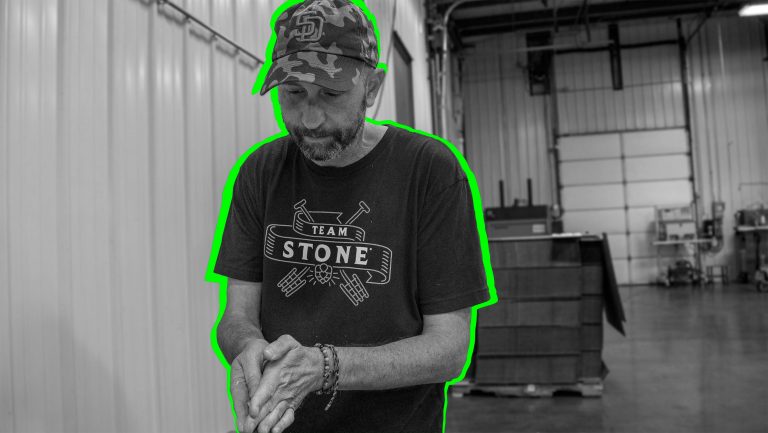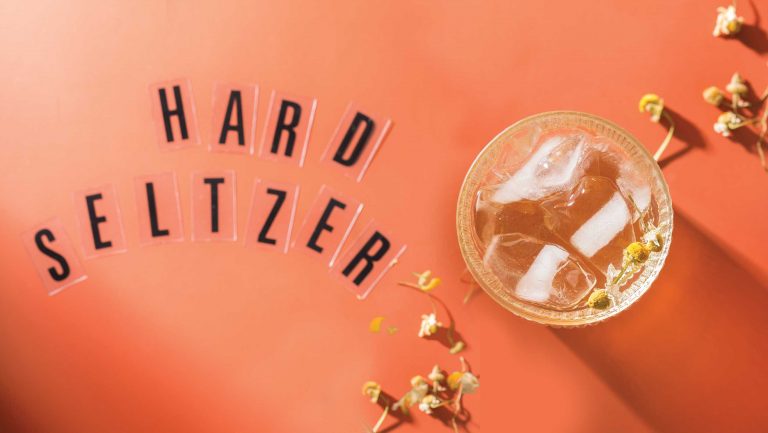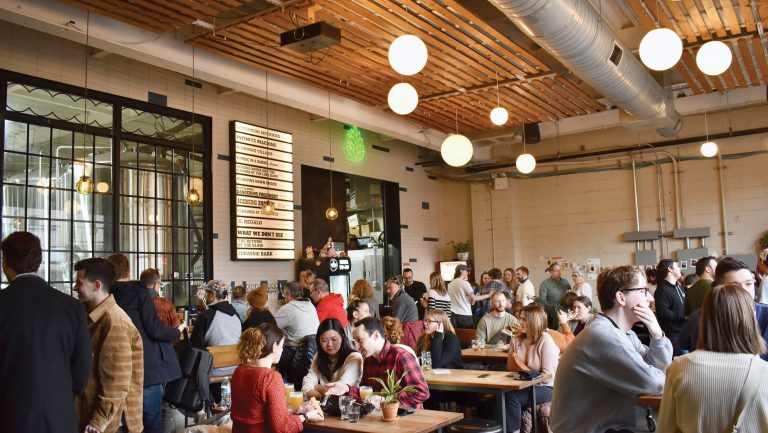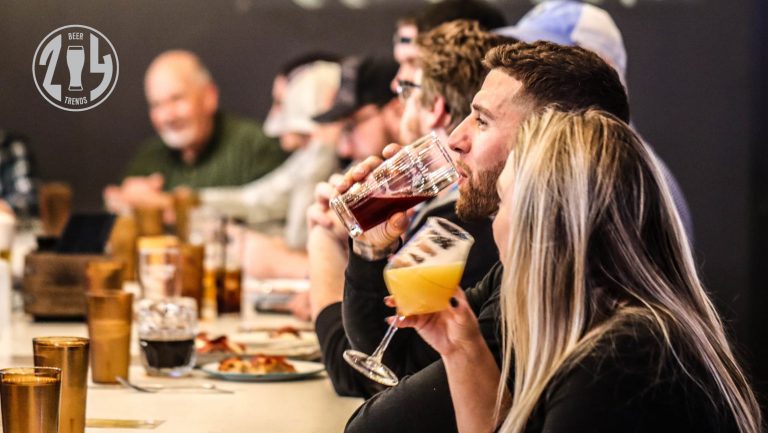America is not a nation of great nuance. We like loud music, louder cars, and pumpkin spice lattes. Intensities attract attention, which is a guiding principle for the country’s approach to IPA production. Over the last decade, IPAs grew stronger and hazier with ever-larger doses of the latest fruity and tropical hops. Upping hop quantities delivered bigger flavors and fragrances, and customers happily paid for aromatic oomph.
The wins—lines for $20 four-packs at taprooms—came with efficiency losses. Hops are sponges that soak up beer. More hops? Less finished beer. “You get more intensity by adding more hops, but at a certain point it’s really not efficient,” says Stan Hieronymus, the author of For the Love of Hops.
As the price of raw materials, labor, and utilities increase, breweries are rethinking their more-is-better approach. “We’re way past the heyday of craft where you can hop with 10 pounds per barrel and lose 50 percent of your beer,” says Phillip Chou, the director of brewing solutions for John I. Haas, a hop products supplier in Yakima, Washington.

Don’t miss the latest drinks industry news and insights. Sign up for our award-winning newsletters and get insider intel, resources, and trends delivered to your inbox every week.
Breweries seeking cost savings, increased yield, and intense aromas in their IPAs are turning to a growing number of high-tech innovations. Brewers are fermenting beers with genetically modified yeast strains, as well as embracing cryogenically concentrated hops additives that might create consistently hazy beer or deliver a cleaner bitterness. Brewing advances are no longer about developing another novel hop variety. “There’s been a huge acceleration in the space of efficiency,” says Blake Crosby, the CEO of Crosby Hops in Woodburn, Oregon. “It’s a little bit of the Wild West.” Welcome to the fast-evolving frontier of science and hoppy beer.

Hop Innovations Deliver Better Yield
America’s craft brewing industry partly built its reputation on simplicity. With just water, grains, hops, and yeast, breweries transformed four ingredients into worlds of uncharted flavor. Extracts, enzymes, and other science-lab hacks were reserved for multinational Goliaths, not the Davids brewing up businesses in old warehouses. Now that craft breweries are comfortable making hard seltzers and experimenting with every conceivable culinary ingredient, and start-up breweries have expanded into competitive regional and national players, some breweries are rethinking that recipe formulation.
“We have customers that would never have considered using something other than a pellet or a whole-cone hop,” says Chou. (Hops are commonly dried, pulverized, and pelletized, looking like rabbit food.) “Now those same customers are willing to talk about extract-based products for making beer.”
Hops’ central lupulin glands, which contain the essential oils, resins, and acids that lend beers their scents, are surrounded by leafy matter that can contribute a grassy, vegetal character. Like many suppliers, John I. Haas has developed products that break the hop into constituent parts that efficiently deliver flavor, bitterness, and other beneficial attributes. HopHaze can help beers keep a cloudy outlook, while Flex is a flowable bittering product. Lupomax delivers concentrated versions of popular hop varieties, such as Citra and Mosaic, minus any potential astringency.
“Anything that can give you better yield, along with better flavor, is kind of a no-brainer,” says Jeremy Moynier, the senior manager of brewing and innovation at Stone Brewing in Escondido, California.

Cryogenic Freezing Helps Hops
To deliver maximum aroma, hop suppliers are increasingly turning to a cryogenic freezing process. In a nutshell: Liquid nitrogen is used to separate a hop’s leaf from its lupulin gland, which is compressed into pellets. A cryogenic hop product can “give you an extra pop,” says Hieronymus.
Yakima Chief Hops in Yakima, Washington, pioneered the process with its Cryo Hops sold in single varieties and blends such as Cryo Pop. Freestyle Hops in New Zealand sells SubZero Hop Kief made from native hops like Nelson Sauvin. And this January, Crosby Hops released its version of cryogenically frozen hops, CGX.
Big fragrances aren’t the only benefit. Brandon Capps, the founder and head brewer of New Image Brewing in Arvada, Colorado, regularly makes IPAs with cryo products. The concentrated pellets deliver savings on shipping, a steadily increasing expense. “It behooves us to figure out how to get extra yield and reduce our cost of goods without compromising quality,” says Capps.

Unlocking Thiols Can Accentuate Aromas
Hops lack an aromatic monopoly. Yeast strains can also deliver supercharged scents like a hefeweizen’s banana notes. That’s nature’s handiwork. Now yeast suppliers are using gene-editing technology to tailor strains to deliver the fruity, tropical scents that are prized in IPAs.
Of note, Berkeley Yeast in California and Chicago’s Omega Yeast are exploring the impact of thiols, a class of aromatic compounds commonly found in hops, wine grapes, and fruits including guava and grapefruit. With thiol-boosted strains such as Cosmic Punch and Helio Gazer, Omega Yeast helps breweries create fragrant IPAs without going gung ho on hops.
The rise of thiolized strains creation aligned with a Southern Hemisphere innovation. In late 2020, Jos Rufell, the cofounder of Garage Brewing in Wellington, New Zealand, introduced Phantasm powder that’s derived from local Sauvignon Blanc grape skins that remain rich in thiol precursors. Thiolized strains work in concert with Phantasm to unlock a huge tropical bouquet.
It’s not a question of which came first: the powder or the yeast? “They just so happened to be complementary,” says Omega Yeast owner Lance Shaner. “We’ve done enough research to know that there was something special about New Zealand Sauvignon Blanc grapes.”
Phantasm powder is becoming a more common additive for standout IPA producers such as Other Half, The Veil, WeldWerks, and Stone, which just released the Phantasm-packed Patio Magic Double IPA. “We like to try out everything,” Moynier says. “Sometimes it really fills up the R&D schedule, but we love that. It’s just more information and more possibilities.”

How Much Innovation Can the IPA Market Bear?
Scientific brewing innovations are now debuting at a dizzying clip, each one promising to unlock new levels of efficiency and aromatics. For breweries, figuring out which products are impactful can be overwhelming.
“At some point, it’s almost hard to keep up with all the new stuff,” says Scott Janish, a cofounder of Sapwood Cellars in Columbia, Maryland. He’s the author of The New IPA: A Scientific Guide to Aroma and Flavor and regularly experiments with hop products, from Phantasm to cryo hops and hop oils—they improve yield and offer consistent flavor profiles.
Boosting efficiency is imperative for larger breweries, says Janish, but the cost-benefit might not make sense for smaller breweries that largely sell out of taprooms. “We would only add something to a beer if it enhances it,” says Janish, who regularly uses cryo hops.
Turning to science for scents can also be an unnecessary step into an uncanny valley. “You’re going, ‘Why not just add fruit to an IPA?’,” says Hieronymus. “In some of those beers, that’s what they taste like.”
The next few years will be a feeling-out period for these functional hop products. Some will succeed, some will retreat into the research lab. Just because something is new doesn’t mean breweries need it “unless it’s going to be dramatically better than something they’re already using,” says Crosby.

Freestyle Hops managing director Dave Dunbar is focused on advancements like Mega Motueka, a blend of Phantasm powder and a native hop. He works closely with brewers to connect “what made good beer with what was happening on the farm and in the field.”
Adjusting harvest windows, farming practices, and hop processing on a varietal-by-varietal basis might seem old school, but the end goal is similar: intensity, in turn leading to a more considered approach to IPA construction. Instead of excess, Dunbar says, breweries are “starting to think much more in terms of flavor impact.”

Dispatch
Sign up for our award-winning newsletter
Don’t miss the latest drinks industry news and insights—delivered to your inbox every week.
Contributing editor Joshua M. Bernstein is a beer, spirits, food, and travel journalist, as well as an occasional tour guide, event producer, and industry consultant. He writes for the New York Times, Men’s Journal, New York magazine, Wine Enthusiast, and Imbibe, where he’s a contributing editor in charge of beer coverage. Bernstein is also the author of five books: Brewed Awakening, The Complete Beer Course, Complete IPA, Homebrew World, and Drink Better Beer.







